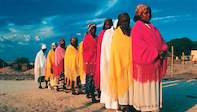
By Ian Michler
The People of Botswana
All of the citizens of Botswana are collectively referred to as Batswana (plural form) or Motswana (singular form), and can be grouped into two broad categories: the Setswana-speaking people and the non-Setswana-speakers. Over 60 percent of the population traces their heritage to one of the Setswana-speaking groups:The Bangwato, who constitute the largest of the Setswana-speaking groups, come from Serowe.
The Bakgatla, Bakwena, Barolong and Bangwaketse come from the southern regions around Gaborone, Kanye and Molepolole.
The Batawana, who broke away from the Bangwato, settled further north around the southern edges of the Okavango.
The Babirwa come from the Tuli Block.
The Batswapong come from the eastern regions around Selebi Phikwe.
The Bakgalagadi, who are one of the oldest groups, live in the central regions of the Kalahari around Ghanzi and Kang.
The Major Non-Setswana Speaking Groups
The Bakalanga, largest group in the country, live around Francistown.The Basarwa, who were the earliest inhabitants of Botswana, live throughout the Central Kalahari and in the west.
The Banoka, who are often referred to as the River Bushmen, traditionally were those who lived in the Okavango Delta. There are few true Banoka surviving today.
The Baherero, who came from Namibia, have settled in towns such as Sehitwa and Toteng, along the western edges of the Okavango Delta, and in Maun.
The Bayei live along the Panhandle in the northern regions of the Okavango Delta.
The Mbukushu live along the Panhandle and in villages at Etsha 6 and Etsha 13.
The Basubiya live in the north-east in Kasane and along the Chobe River.
Europeans and Asians, who began arriving in the early 19th century, have settled mostly in the urban areas and the Okavango Delta. The Ghanzi district was settled by a group of Afrikaans-speakers from South Africa.

Because of their high protein and fat content, reproductive termites are a sought-after food source in the rural areas of Botswana.


Modern Batswana Culture
Village life and the KgotlaIn the past, with the exception of the semi-nomadic Bushmen, most other groups lived pastoral lifestyles in permanent settlements. Traditionally, these villages were located (for defensive reasons) in hilly regions, or around reliable water sources where grazing conditions were best.

The village heads or chiefs (kgosi) are responsible for looking after the affairs of the community. The kgotla, or traditional meeting place, is the most significant spot within any village. Recognised by all as a place of respect, it is always to be found in the middle of the village or under the largest tree.

Cellular phone beacon. Nata This is where all social, judicial and political affairs of the community are discussed and dealt with. Today, while most of the homesteads in the rural villages are built using modern fabricated materials of some sort, the kgotla and cattle posts remain integral to the stability of these communities. Maize porridge (papa, to the locals) and boiled fish are the staple foods in and around the Okavango Delta.
Cattle
Cattle, and to a lesser extent goats and sheep, have always played an important social and economic role within Batswana society. Animal husbandry was central to the survival and success of most groups, other than the Basarwa and Bayei. Cattle in particular are kept, not only for food and clothing, but also as a measure of wealth.
The larger their herd's size the greater the influence an individual or family has within the community. Cattle are also traditionally used as the primary means of exchange. Disputes and punishments handed down by the kgotla were settled with payments of cattle, and men paying their bogadi (bride price) would deliver cattle to the woman's family. Cattle still retain a prominent place in rural Botswana, and for many the herd remains the preferred store of wealth.
Totems
The occurrence of totems is common throughout Africa, and indeed the world. While some groups have non-animal totems, most within Botswana have animals as their group or community totem. The totem serves as a symbolic representation of a strong association with a specific animal, and with the natural world in general.
The totem is given extraordinary respect, usually because of a specific event that has occurred in a group's history, or more generally because of the nature of the interaction between the group and their particular totem animal.
The Basubiya live along the waterways of the Chobe River, which has always had a large population of hippopotamus, and so this species is their totem. For the Bakwena it is the crocodile, and for the Batawana the lion. Two more interesting associations concern the Bangwato and a community of Banoka, known as the Xaniqwee.
The Bangwato totem is the duiker, a small nondescript antelope species, which is revered in their mythology for saving the life of a chief. The aardvark serves as the Xaniqwee totem, because when the group first trekked up to the Okavango region hundreds of years ago they had to cross the parched lands of the Kalahari.

Marriage
Traditionally, the Batswana were polygynous, with marriages mostly pre-arranged and taking place shortly after men and women complete their initiation rites into adulthood. Today, with the exception of the Baherero, most Batswana choose their own partners and the marriage ceremony has become an expression of the more contemporary nature of society.
The arrangements are the responsibility of the groom's uncle, rather than the parents, and are negotiated over the course of a number of meetings between the respective families. The traditional custom of the groom paying a bogadi to the bride's family still exists amongst rural families.

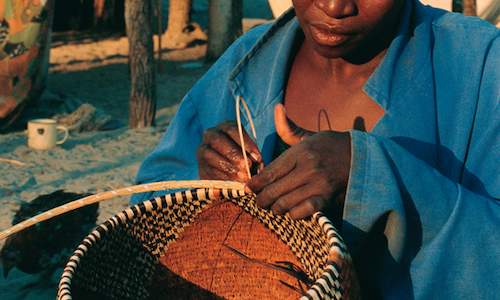 Most people think that Botswana's contemporary art scene is restricted to baskets and pottery. While it is true that these two craft forms d...
Most people think that Botswana's contemporary art scene is restricted to baskets and pottery. While it is true that these two craft forms d...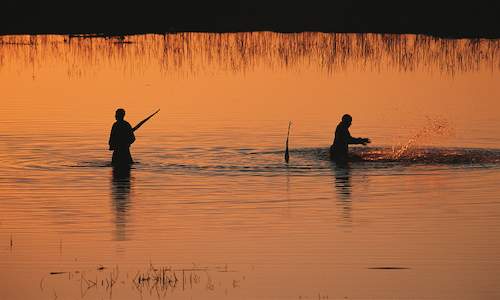 What languages are spoken in Botswana? The official language of Botswana is English. What are the people like in Botswana? Many different cu...
What languages are spoken in Botswana? The official language of Botswana is English. What are the people like in Botswana? Many different cu...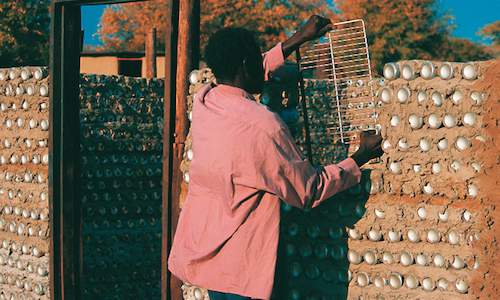 Because of Botswana's central position in southern Africa, people's migration from surrounding areas in order to escape ongoing conflicts an...
Because of Botswana's central position in southern Africa, people's migration from surrounding areas in order to escape ongoing conflicts an...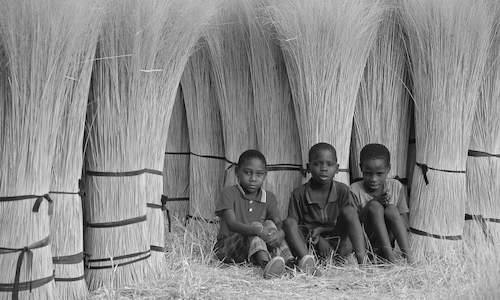 There are a number of ways to get involved in a community in Botswana. Here is a look at a few of the options available to those wanting to ...
There are a number of ways to get involved in a community in Botswana. Here is a look at a few of the options available to those wanting to ...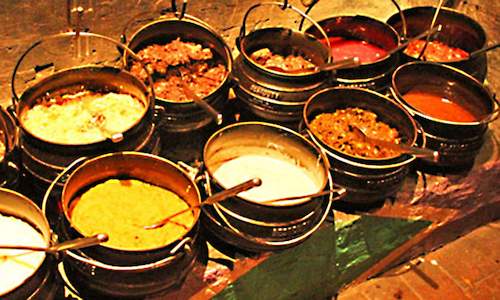 Botswana Traditional Food - Learn about the culture of Botswana and try their national dish Seswaa, a tasty dish of meat and thick maize por...
Botswana Traditional Food - Learn about the culture of Botswana and try their national dish Seswaa, a tasty dish of meat and thick maize por...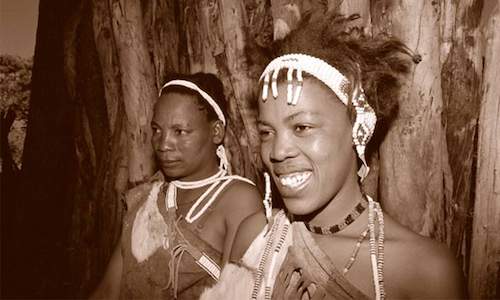 The Batswana are an extremely spiritual society and religion plays a leading role in their daily lives. Before the arrival of the colonial m...
The Batswana are an extremely spiritual society and religion plays a leading role in their daily lives. Before the arrival of the colonial m...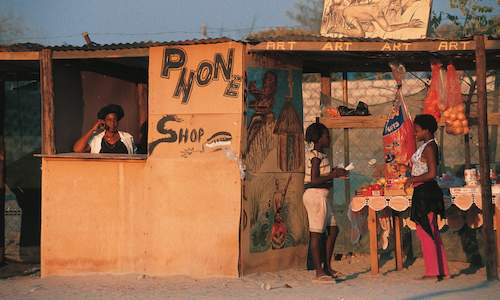 What is the Botswana language? While English is the official language and Setswana the national language, there are over 20 other languages ...
What is the Botswana language? While English is the official language and Setswana the national language, there are over 20 other languages ...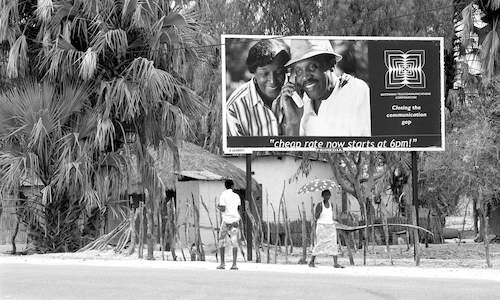 Botswana's smaller towns are made up of traditional mud huts and a more modern dwellings built alongside each other on the same property....
Botswana's smaller towns are made up of traditional mud huts and a more modern dwellings built alongside each other on the same property....